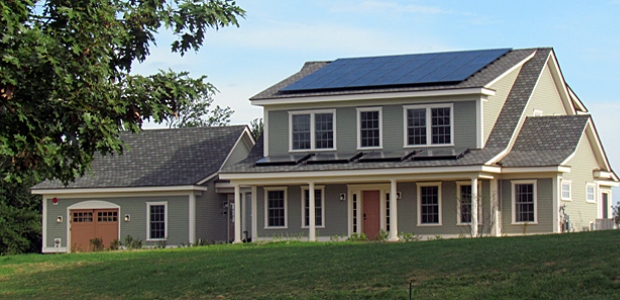
NIST Outreach Expands Zero-Energy Home Ideas
The ideas "got the equivalent of a house filled to the rafters with recommendations—almost 200 suggested topics spanning 34 categories," according to the agency.
The National Institute of Standards and Technology announced it has recently interviewed engineers, architects, builders, and other experts for ideas on research to pursue after the successful debut of its Net-Zero Energy Residential Test Facility (NZERTF). "It got the equivalent of a house filled to the rafters with recommendations—almost 200 suggested topics spanning 34 categories," according to NIST, a Commerce Department agency.
The recommended R&D projects range from practical tests for assessing the airtightness of building enclosures to questions about measuring indoor air quality, to control strategies that take full advantage of emerging "smart grid" capabilities.
NIST has published a document about the recommendations, as well as two companion publications about its test house. One presents the principles that guided the design of the net-zero energy house and the other describes the key monitoring and measuring systems installed in it.
"This thoughtful and useful guidance will serve as a critical resource for current and future NZERTF researchers," said Hunter Fanney, the NIST senior research scientist who leads the NZERT team. "It also will serve as a useful starting point for forging research partnerships to speed progress toward more energy-efficient residential buildings that are of high quality and meet the everyday needs of occupants."
The house is a laboratory doubling as a prototypical suburban home on the NIST campus in Gaithersburg, Md. It is a two-story, four-bedroom, three-bath house incorporating energy-efficient construction and appliances, as well as energy-generating technologies such as solar water heating and solar photovoltaic systems.